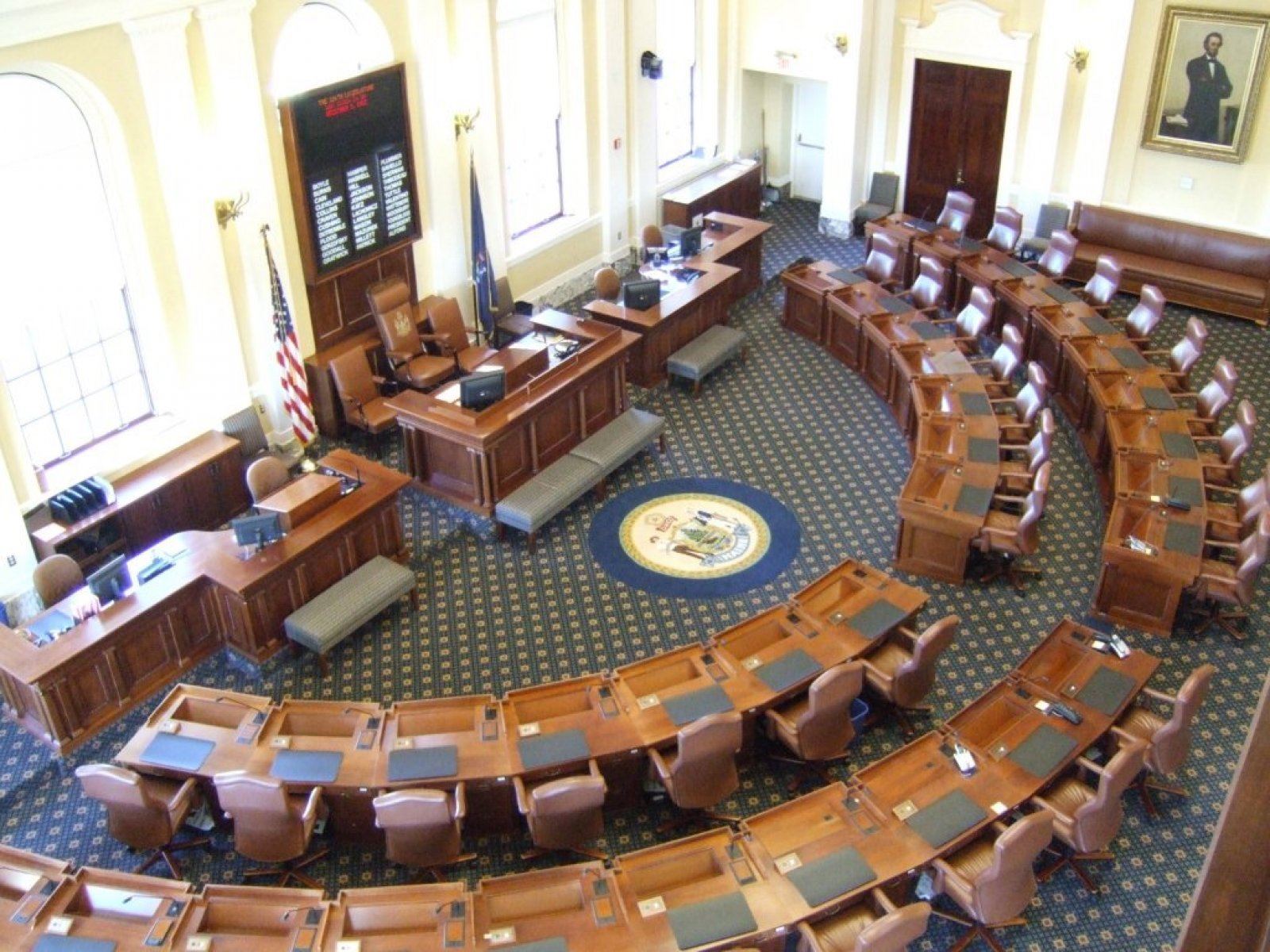Legislative Update and Cemetery Laws
Helen A. Shaw
October 15, 2020
With autumn comes the urge to clean up cemeteries and gravestones before winter sets in. It is great that so many people are willing and able to do the work, but before starting such projects, please make sure to obtain permission from the cemetery’s owner.

Who owns the cemetery and who can give permission can be difficult to determine and sometimes no one knows who owns a particular cemetery. In the case of Ancient Burying Grounds, it is often the municipality where it is located that can give permission, simply because descendants of the family(ies) that established the cemetery are no longer in the area or cannot be identified or located. Under Title 30‐A, Section 3104, these Ancient Burying Grounds are considered Abandoned Cemeteries: “a cemetery in which no burial has been made in the previous 40 years and the lots or grave sites of which have not been maintained within the previous 10 years, except for maintenance rendered by the municipality in which the cemetery is located.” Under this statute an abandoned cemetery may be formally acquired by a municipality, but many are reluctant to do this due to legal and financial obligations.
Regarding Ancient Burying Grounds, municipalities are only obligated by state law (Title 13, Section 1101) to care for veterans’ graves and that care only extends to mowing the grass and keeping the graves free of debris, weeds, vines, and fallen trees and branches. Flags must also be placed on veterans’ graves for Memorial Day. Under the same statute municipalities MAY also care for non‐veteran graves, again only mowing and trimming brush and weeds and only from May 1 to September 30.
Under Title 13, Section 1101, a municipality may appoint a caretaker to take care of both veterans’ and non‐veterans’ graves. The best way to make sure you can take care of an Ancient Burying Ground is to have a municipality appoint you the caretaker for one or more specified burying grounds. A person who owns land surrounding an Ancient Burying Ground may refuse the municipality or designated caretaker access to the burying ground to care for veterans’ graves. In that case, the property owner is obligated to care for any veterans’ graves in the burying ground, but must allow the municipality or designated caretaker access to the Burying Ground to determine if the veterans’ graves are being cared for properly (Title 13, Section 1101‐B, part 2). Access to Ancient Burying Grounds surrounded by private property continues to be a problem and is being worked on.
A bill passed by the state legislature in January 2020 and signed in to law by the governor in February amended sections of Title 13, clarifying the definition of, and documentation for the existence of, Ancient Burying Grounds. It also requires a municipality to designate caretakers in writing. A very important part of the revised law addresses the issue of boundaries of an Ancient Burying Ground, which has come up when property owners claim there is no burying ground because there are no fences or gravestones.
NOTE: The revised statute is not yet in the online published statutes so those who want to become a designated caretaker may need to take a copy of the pdf to the municipality when applying.
Gravestones belong to the family of the person(s) commemorated on them. Unless the stones are modern, it can be difficult to identify living family members to obtain permission to work on the gravestone(s). However, this may not be possible regarding stones in Ancient Burying Grounds. Title 13, Section 1371 outlines who may repair, maintain, or remove “...any tomb, monument, gravestone, marker, or other structure placed or designated as a memorial to the dead, or any portion or fragment of any such memorial or any fence, curb or other enclosure for the burial of the dead...”
When family members or descendants cannot be located, permission for repairs and maintenance is the responsibility of the municipality in which the burying ground is located.
While it does not explicitly address the issue, Title 13 Section 1371 also protects memorials to Confederate soldiers buried in Maine cemeteries. This would include any version of a Confederate flag placed on the grave of a Confederate soldier. Such flags would be protected just as the United States flag is protected when placed on the grave of a U.S. or Revolutionary War veteran.
